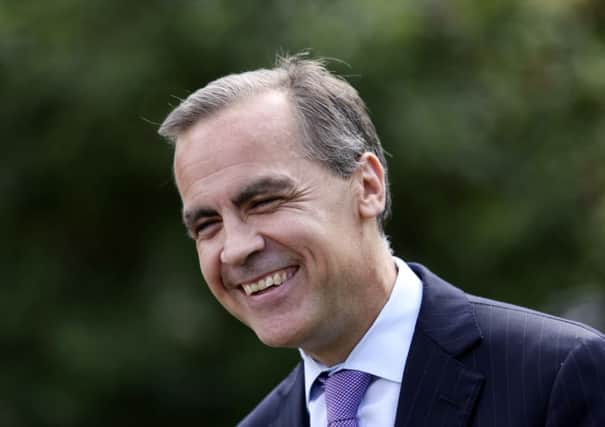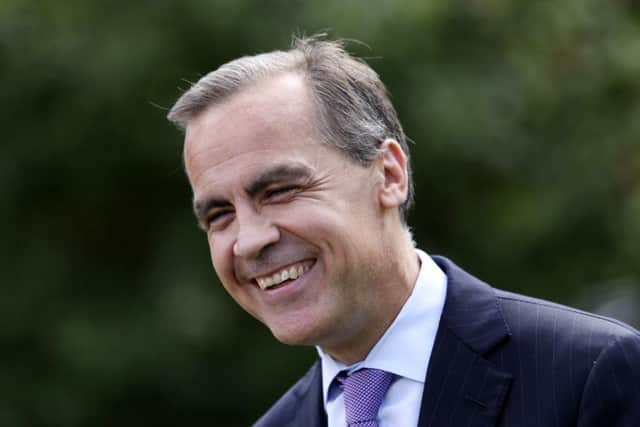Banks face global doomsday scenario in stress tests


As well as a theoretical sharp slowdown in China, banks will be tested on their resilience in the face of a contraction of more than 2 per cent in the eurozone, triggering the UK’s worst deflationary spiral since the 1930s.
The test factors in the potential implications of an international crisis on banks follow the most recent examination in December, which was more focused on a domestic doomsday scenario.
Advertisement
Hide AdAdvertisement
Hide AdIt would see inflation turning negative for seven successive quarters resulting in the largest fall in UK prices since the 1930s, with interest rates slashed to zero and the wider economy shrinking by 2.3 per cent.


Results from the exercise will be published by the end of the year. Six banks – Barclays, HSBC, Lloyds, Royal Bank of Scotland, Santander and Standard Chartered – will take part, along with building society Nationwide. Co-operative Bank, which failed last year’s health check, will not be participating.
Under the Bank’s stress scenario, the global downturn would affect the UK, with output growth turning negative as export demand falls sharply.
Bank of England governor Mark Carney said: “We are committed to ensuring that our major banks are resilient, that they can weather shocks without calling on taxpayer support, and that they can continue to lend even in adverse conditions.”
The tests will assess how much a bank’s ratio of capital to loan assets will be hit in the event of severe economic stress. A lender that falls below a minimum 4.5 per cent threshold would face a requirement to shore up its financial position.
Banks will also have to beat a separate 3 per cent minimum leverage threshold, which also measures the ratio of capital to assets but treats all loans as the same rather than using “risk-weighting” based on the idea that some are less risky than others.
Results of the stress test will be published alongside the second of the Bank’s financial stability report in December.
The Bank emphasised that the scenario it was setting out was not a forecast of expected conditions in the UK or other markets, but it said that the assumed “shocks to activity” had, in most cases, been observed in recent decades – with the exception of China.
Advertisement
Hide AdAdvertisement
Hide AdThe new test acknowledges the impact that the imagined global crisis would have on the domestic economy but pencils in a smaller hit to UK growth and a fall in house prices of 20 per cent, compared to a 35 per cent slide under the 2014 scenario.
Details of the latest health checks on the banking sector came as the data from the central bank showed an acceleration in lending to businesses last month. The figures also revealed a dramatic turnaround in the amount of money flowing to small firms, which had seen sharp contractions during the previous two months.
Overall net lending to non-financial companies, excluding overdrafts, expanded by £1.9 billion in February, up from an increase of just £133m in January. Net lending to small and medium-sized firms grew by £432m.
Howard Archer, chief UK and European economist at IHS Global Insight, said: “The increase in bank lending to small companies is particularly encouraging given past concerns that lack of access to capital – at a reasonable price – could hold back their operations and investments.”
Meanwhile, the number of mortgage approvals made to home-buyers rose to its highest level in six months in February. The total of 61,760 suggests housing market activity is recovering after a lull during the latter part of 2014, although it is still down a fifth on the recent peak of 75,557 approvals seen at the start of last year.